When Ted Bolgar was a boy, he had never experienced
anti-Semitism until Hitler rose to power in 1933. Ted’s dad was not religious
but his mom was, so Ted attended a nursery school run by nuns. Ted’s family enjoyed
decorating their Christmas tree and lighting Chanukah candles.
Ted says he was an ordinary kid who wanted
to become a professor. While growing up, he began to understand what it meant
to be Jewish what the Holocaust meant for them; “a Jew had to be lucky to
survive, if not, he perished”.
On March 19, 1944 Hungary was
invaded. Each Jew donned a yellow star
sewn to his jacket. Strict curfews were
enforced for Jews to stay home between 5;00 p.m. and 8;00 a.m. Radios were confiscated,
no cars, bikes or horses were allowed.
Jewish people buried their cherished photographs underground or gave
them to non-Jewish neighbors for safekeeping. Only 15 percent returned to
retrieve their cherished photos. Ted and his family were asked to pack their
things in 30 minutes and sent to Satoraljaujhely ghetto in Hungary, a small
camp with a synagogue and hospital.
Hungarian Gens d’Armes and German soldiers
forced 80-90 people to cram into each cattle car and provided two buckets; one
for water to drink and one as a toilet. The stench was unbearable. The trip to
Poland lasted 3-1/2 days.
They were transported to Auschwitz. Men,
women and children were separated. There was a long platform and at the end SS
officers. One of them in a white coat directed people to go either left or
right; right for workers, left for children, women with babies in their arms,
and the elderly. Ted was separated from
his mother and sister. He never remembered the face of an SS officer, only their
hands, whether they grasped a whip, gun or stick. Hence, his expression, “Never look down,
always look up.”
Ted and his dad were shaved from top to
bottom in order to be ‘very clean and disinfected’. They slept outdoors and were given a bowl of
watery vegetable soup to share with 6 men; no spoons provided and told “they
were no better than dogs, so they must eat like dogs…”
Ted was sent to five different camps,
which most had electrified fences and were always watched by guards. They were
not allowed to approach fences as officers did not want Jews to commit suicide,
preferring to shoot them. Ted was never tattooed because there was not enough
time to be branded; he was assigned number 87846 at Dachau Camp.
Ted didn’t find out until after the Holocaust
that his mother and sister Vera, 13, were killed the first day they had arrived.
Women, children and elderly were led to believe that they were being sent to a
bath/shower room. There was no bath/shower room, but a gas chamber and then the
bodies were taken to the crematorium to be burned.
Germans occupied Poland and three million
Jews sent to ghettos. The largest one was in Warsaw, where 350,000 stayed from
1941-1943. 60,000 people survived, and many starved or died from typhus. In
1943, the Warsaw uprising took place. Jewish fought the Germans with what
little ammunition they had. Germans could only defeat them by burning all the
ghetto buildings. When the uprising concluded, Germans established a
concentration camp to clean the rubble of the ghetto. After three days in
Auschwitz, Ted was taken to this camp. The Soviet army closed in on Warsaw. In
August, 1944 Germans evacuated the Warsaw concentration camp. This was the initial death march of the
Holocaust. Of 7,000 men, only 2,000 arrived in Dachau, Germany.
After two weeks in Dachau, Ted was taken to Camp
Muhldorf, established to enable workers to build a seven story factory for jet
planes/rockets. Ted worked 6 ½ days per week, 12 hours/day and carried 110 lb.
bags of cement daily. Sometimes people
fell into wet cement and perished. They
were given a daily ration of 300 – 500 calories; coffee in the morning and soup
at noon and in the evening with a small bit of bread. Ted revealed that due to lack of food he was
unable to think clearly for an entire year. There was no water to wash and Ted
was liberated in the same uniform that he received in Auschwitz. Due to lack of washing, again many people had
lice and died of typhus. After the war, the US army blew the factory up.
900 camps spread throughout Austria,
Poland, Czechoslovakia and Germany. Camps in Poland were liberated in 1944 and
1945. Survivors anxious to return home
found other families inhabited in their homes.
During the holocaust, 6 million Jewish people were brutally killed
including 1.5 million children.
After the war, Ted wanted to leave Europe,
but his dad was ill at that time, so he waited a year. His dad then remarried.
Ted travelled to Germany in order to leave Europe, but the ordeal took two
years (he stayed in DP camps) before he obtained his visa for Canada. The
journey took 10 days by boat. Ted arrived at Pier 21, Halifax and settled in
Montreal. Psychologists said the survivors were ‘too damaged and that they
would never make it.’ Ted joined the New World Club where he met his future
wife, Marianne. They wed in 1954 and had 2 children, Katherine and Robert. When
Robert was 12-½ years old, Ted finally revealed his horrific tale.
Ted returned to Hungary in 1973 to visit
his dad’s gravesite and a last time in 2006 because he saw the words “Jew, go
back to Auschwitz” written on the cemetery gate. He never set foot in Hungary again.
In 2012, Ted met
Myra Giberovitch at the Cummings Center in Montreal. Myra made an impression on
Ted as she had devoted the last 30 years of her life to help Holocaust survivors.
Today, Ted lives in Cote St. Luc. He knows
surviving the Holocaust a gift and believes he must fulfill two obligations; ensure
continuity of Jewish people and making sure no one forgets about the Holocaust.
When Ted, now ninety-one, was asked about his future, he replied, “What future?
I go day by day.” As Ted explained to students, he has six million reasons not
to forgive, but this was three generations ago and he doesn’t want to live in
the past.
For 35 years, Ted has visited schools and institutions
to talk about the Holocaust. He is a highly respected spokesman and speaks at high
schools, CEGEP’s and universities annually. He shares his stories so people can
learn from it avoid repeating history. Ted has participated in the March of the
Living for the past 13 years and plans to continue participating in the annual
March, as well as spreading awareness.
Full
credit for the images used shall be given to the Archives under the name Montreal
Holocaust Memorial Centre (or Centre commémoratif de l’Holocauste
à Montréal)“
Copyright (c)
LAVAL FAMILIES MAGAZINE.Permission
is granted to copy, distribute and/or modify this document under the terms of the GNU Free Documentation License, Version 1.2 or any later version published by the Free Software Foundation; with the Invariant Sections being LIST THEIR TITLES, with the Front-Cover Texts being LIST, and with the Back-Cover Texts being LIST.A copy of the license is included in the section entitled "GNU Free Documentation License".

 In The Latest Issue:Latest Issue:
In The Latest Issue:Latest Issue:
- A Bittersweet Farewell
- The new Laval Aquatic Co...
- The End of an Era:
Articles
Calendar
Virtual- ANNUAL TEACHER APPRECIATION CONTEST
- APPUI LAVAL
- ARTS & CULTURE
- CAMPS
- CAR GUIDE
- CCIL
- CENTENNIAL ACADEMY
- CHARITY FUNDRAISING
- CITYTV
- COSMODÔME
- COMMUNITY CONNECTIONS
- COVER STORY
- DINA DIMITRATOS
- ÉCOLE SUPÉRIEURE DE BALLET DU QUÉBEC
- EDITORIALS
- ÉDUCALOI
- EDUCATION
- EMPLOYMENT & ENTREPRENEURSHIP
- FÊTE DE LA FAMILLE
- FÊTE DU QUARTIER SAINT-BRUNO
- FAMILIES
- FESTIVAL LAVAL LAUGHS
- FÊTE DE QUARTIER VAL-DES-BRISES
- FINANCES
- GLI CUMBARE
- GROUPE RENO-EXPERT
- HEALTH & WELL-BEING
- 30 MINUTE HIT
- ANXIETY
- CHILDREN`S HEALTH & WELLNESS
- CLOSE AID
- DENTAL WELLNESS
- EXTREME EVOLUTION SPORTS CENTRE
- FONDATION CITÉ DE LA SANTÉ
- GENERAL
- HEARING HEALTH
- MESSAGES FROM THE HEALTH AGENCY OF CANADA
- MENTAL HEALTH
- SEXUALITY
- SOCIAL INTEGRATION
- SPECIAL NEEDS
- TEENS
- THE NUTRITION CORNER
- THE NUTRITION CORNER - RECIPES
- VACATION DESTINATION
- WOMEN'S FITNESS
- WOMEN'S HEALTH
- HILTON MONTREAL/LAVAL
- HOME & GARDEN
- INTERNATIONAL WOMEN'S DAY
- JAGUAR LAVAL
- LAVAL À VÉLO
- LAVAL FAMILIES TV SHOW
- LAVAL FAMILIES MAGAZINE CARES
- LAVAL URBAN IN NATURE
- LE PARCOURS DES HÉROS
- LES PETITS GOURMETS DANS MA COUR
- LEON'S FURNITURE
- LEONARDO DA VINCI CENTRE
- LFM PREMIERES
- LIFE BALANCE
- M.P. PROFILE
- MISS EDGAR'S AND MISS CRAMP'S SCHOOL
- MISSING CHILDREN'S NETWORK
- NETFOLIE
- NORTH STAR ACADEMY LAVAL
- OUTFRONT MEDIA
- PASSION SOCCER
- PARC DE LA RIVIÈRE-DES-MILLE-ÎLES
- PÂTISSERIE ST-MARTIN
- PIZZERIA LÌOLÀ
- PLACE BELL
- PORTRAITS OF YOUR MNA'S
- ROCKET DE LAVAL
- SACRED HEART SCHOOL
- SCOTIA BANK
- SHERATON LAVAL HOTEL
- SOCIÉTÉ ALZHEIMER LAVAL
- STATION 55
- STL
- SUBARU DE LAVAL
- TECHNOLOGY
- TEDXLAVAL
- TODAY`S LAURENTIANS AND LANAUDIÈRE
- TODAY`S LAVAL
- WARNER MUSIC
- THIS ISSUE
- MOST RECENT
Magazine
Always Look Up and Never Look Down
Articles ~e 105,7 Rythme FM 4 chemins Annual Teacher Appreciation Contest Appui Laval Arts & Culture Ballet Eddy Toussaint Camps THIS ISSUE MORE...
CONTESTS Enter our contests
CONTESTS Enter our contests
CALENDAR
Events & Activities
COMMUNITY Posts Events
PUBLICATIONS Our Magazine Family Resource Directory
LFM BUSINESS NETWORK Learn more
COUPONS Click to save!
COMMUNITY Posts Events
PUBLICATIONS Our Magazine Family Resource Directory
LFM BUSINESS NETWORK Learn more
COUPONS Click to save!
SUBSCRIPTIONS
Subscribe to the magazine
Un-Subscribe
E-NEWSLETTER Subscribe to our E-newsletter Un-Subscribe
WRITE FOR US Guidelines & Submissions
POLLS Vote today!
E-NEWSLETTER Subscribe to our E-newsletter Un-Subscribe
WRITE FOR US Guidelines & Submissions
POLLS Vote today!
ADVERTISERS
How to & Media guide
Pay your LFM invoice
SUGGESTIONS Reader's Survey Suggest a Listing
LFM About Us Our Mission Giving Back Contact Us
SUGGESTIONS Reader's Survey Suggest a Listing
LFM About Us Our Mission Giving Back Contact Us
 PICK-UP LOCATIONS
Get a copy of LFM!
PICK-UP LOCATIONS
Get a copy of LFM!
TERMS & CONDITIONS Privacy | Terms
ISSN (ONLINE) 2291-1677
ISSN (PRINT) 2291-1677
Website by ZENxDESIGN


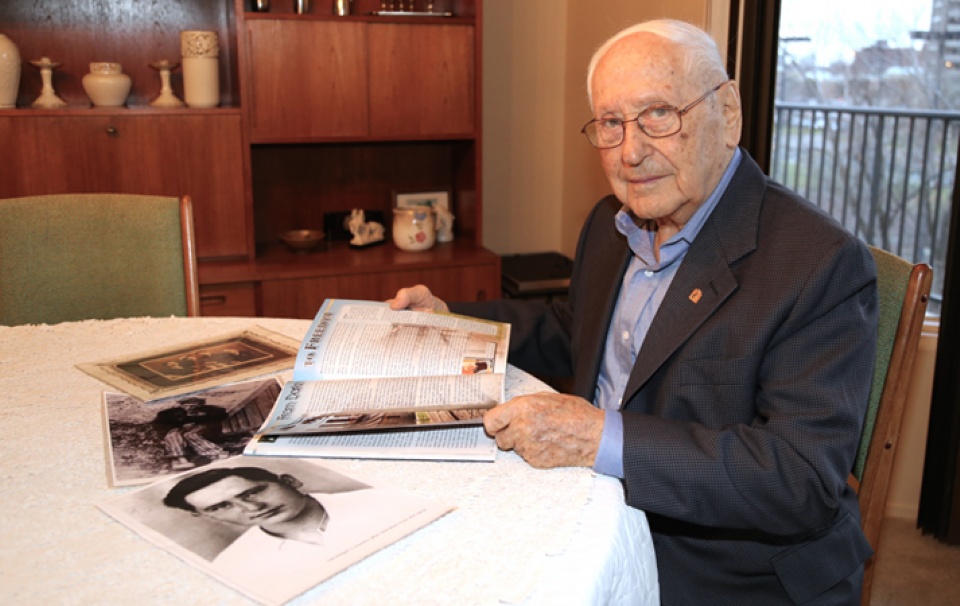

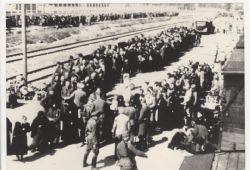
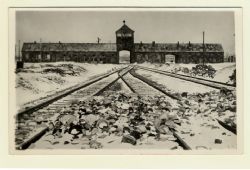
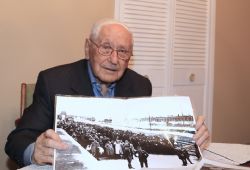
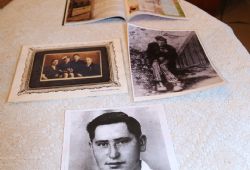
 BY:
BY: 
Tweet
Share